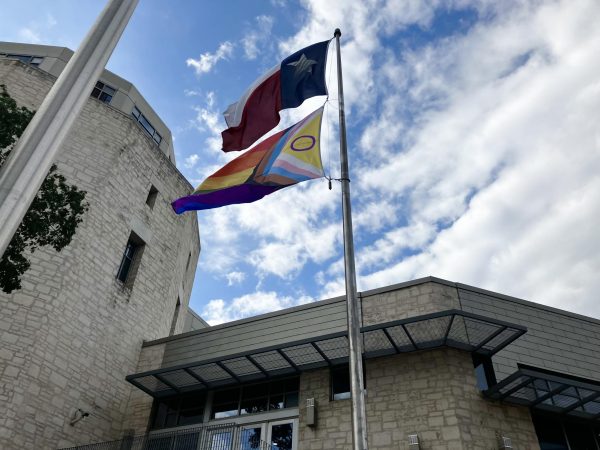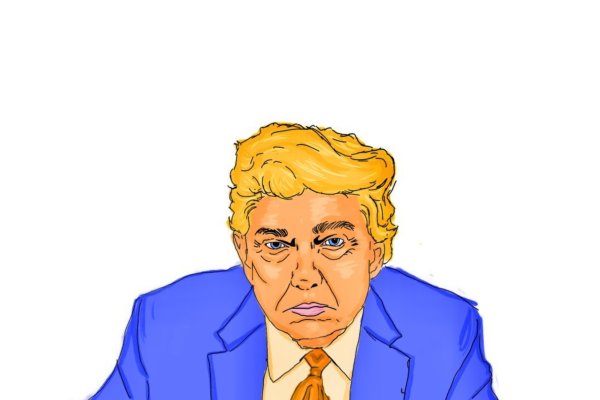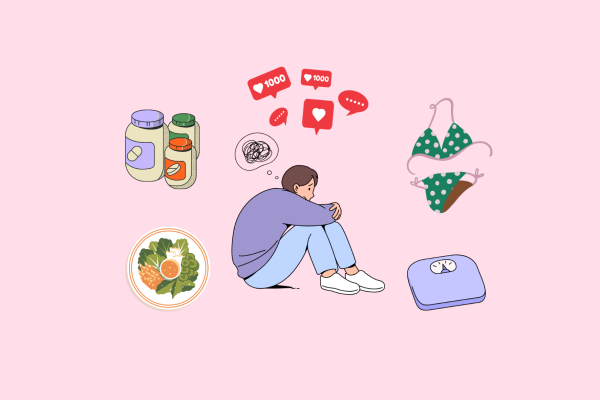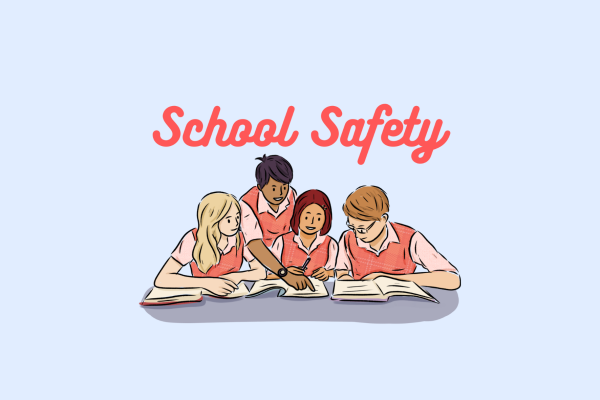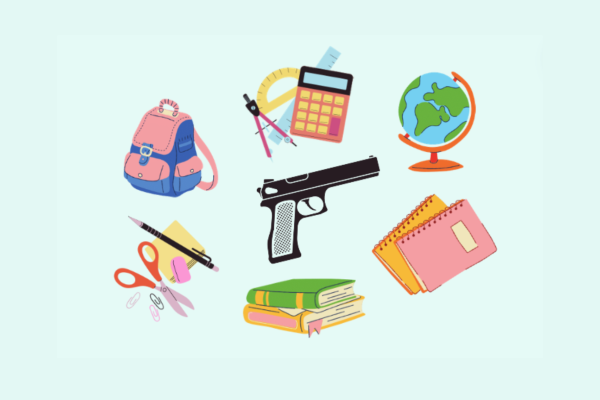OPINION: YouTube’s Restricted Mode Censors Content For LGBTQ+ Community
It’s as if the LGBTQ+ community needs another reminder that their mere existence is deemed inappropriate. Only weeks following the controversy surrounding Disney introducing their first gay character, YouTube this time is taking a blast by hiding a vast majority of the community’s content with their restricted mode.
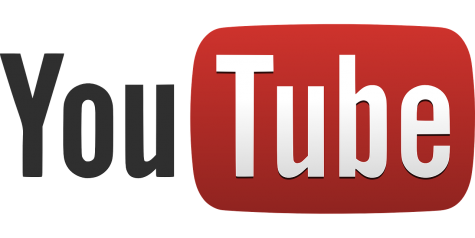 The family-friendly version of YouTube filters out “potentially inappropriate” content through “community flagging, age restrictions, and other signals”, according to YouTube’s help page. The filter is an option that can be controlled by parents and schools, who may not wish for younger children to view certain content. However this only begs the question, why are all videos regarding gender or sexuality considered explicit?
The family-friendly version of YouTube filters out “potentially inappropriate” content through “community flagging, age restrictions, and other signals”, according to YouTube’s help page. The filter is an option that can be controlled by parents and schools, who may not wish for younger children to view certain content. However this only begs the question, why are all videos regarding gender or sexuality considered explicit?
YouTube is a valuable platform for resources and education when traditional sources are not available nor willing to provide it.
When schools and parents aren’t willing to speak about it, it’s still critical for individuals, especially children, to know they’re not alone and have support.
“By seeing LGBT people they realize that’s a possibility, that’s something they could be, or if they could not at all; it reinforces that these people are normal and these people are around, they’re not dangerous or explicit,” Vice President of GSA Caroline Fears said.
Among blocked videos include content suitable for all ages and are more beneficial than harmful in anyway. Coming out stories have vanished. Gay rights activist Tyler Oakley’s 8 Black LGBTQ+ Trailblazers Who Inspire Me video seemed to have been sorted under the inappropriate category. Even for YouTubers who don’t exclusively make LGBTQ+ content, the algorithms catch any mention and end up completely restricting their channels.
“[If] the point of the restrictions is to prevent kids from seeing unsafe content, they would need to do a better vetting process,” Becky Andrews ‘18 (not her real name) said. “The videos they [should be] restricting actually aren’t okay for kids to see instead of just two women holding hands.”
Frankly, the restrictions feel like a slap to the face: YouTube has led several of it’s own pride campaigns, and now the touch of a button meant for safety can erase the bulk of this content. It’s detrimental to the community because for many, YouTube is an outlet and escape from reality. LGBTQ+ people continue to be underrepresented in mainstream media, and a platform such as YouTube is a way to express opinions and make their voices heard. And when this seldom chance is taken away, members of the community can’t help but receive a direct message of how inappropriate everything they stand for is. It’s a despairing return to being silenced and condemned for one’s identity.
“Sometimes it’s hard, people don’t really know who else is in the community in real life, and so you need to find online support, you can find a lot of informational videos by people like you online,” Andrews said. “Restricting those videos is denying people their one chance to find out more about the community without being out in real life.”
YouTube has released a statement apologizing for the “confusion,” and admit the feature is not working the way it’s supposed to, as LGBTQ+ content that should not have been censored ended up restricted. With promises to improve the system, one can only hope the future holds progress rather than retreat.
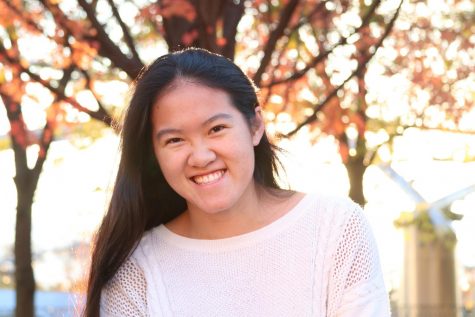
I've always been a storyteller, and I fell in love with journalism as an outlet to express my voice and share stories. When I'm not in the newsroom, you...

